
Not everyone working in radio can successfully make the transition to the voice over field. It is a different world. In fact, some of the “chops” you worked hard to develop in radio can work against you in free-lance announcing.
A few have made the move seem almost effortless. I thought it would be fun to collect some “stories of the road” from some of the folks who mastered the art of voice overs.
Voice over skills are not the same as announcing.
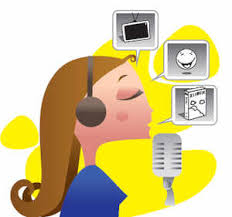
John Leader Alfenito is one of those who made the successful move to voice acting..
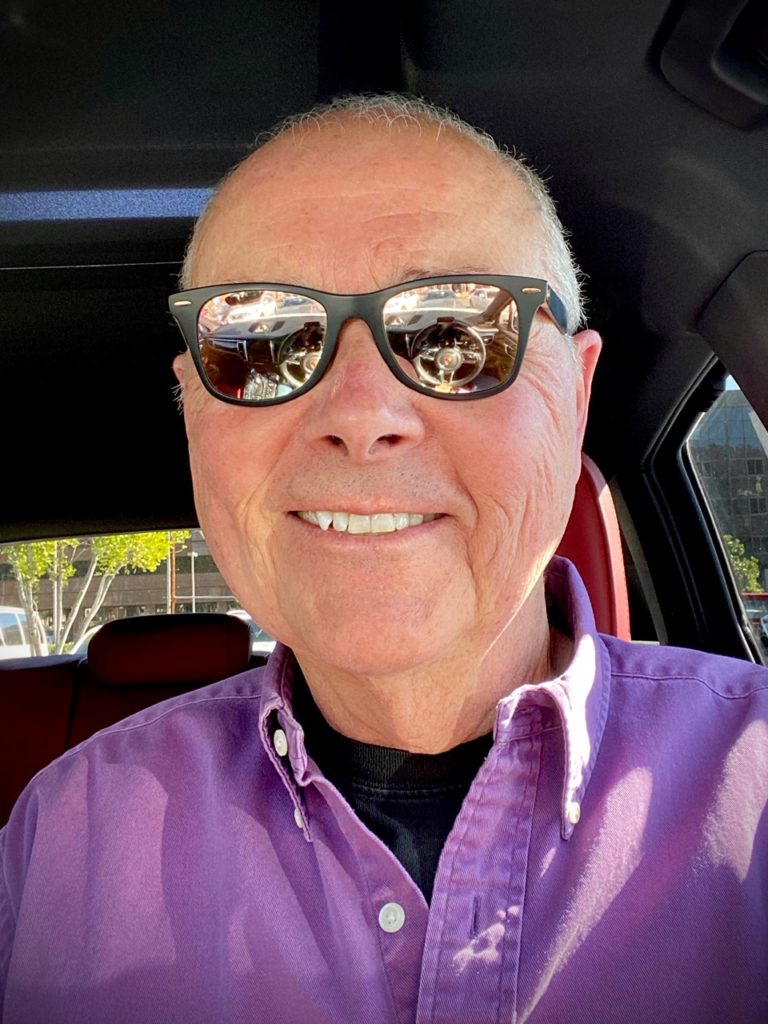
Here is one of his experiences!
“In 1984, when I was just getting started on a legit VO career, I auditioned for and won a radio spot for Malibu Grand Prix here in Los Angeles. Remember them?
The session was booked for Harksound in Hollywood. When I arrived, the agency rep was there along with the writer of the spot, the session producer, two interns from the ad agency, and two folks from Malibu Grand Prix. It was a full house.
I began reading the spot, doing a few “takes” as we adjusted how they (love taking direction from nine people all at the same time) wanted it to sound, etc.
As we were about 20 minutes into the session, I noticed a large gentleman come into the control room (I’m watching this through the glass window in the studio) and start gesturing. A few moments later, the engineer clicked on the talkback and said, “Session’s over. We’ve got the clear the studio. The owner needs to record right now. You’ll have to leave.”
Everyone was exiting the studio. Nobody was happy, in fact the agency rep was pretty pissed. Not cool to be embarrassed like that in front of a client.
So who was this large gentleman, the owner of Harksound?
Orson Welles.
All I could think was…’So this is showbiz.’”
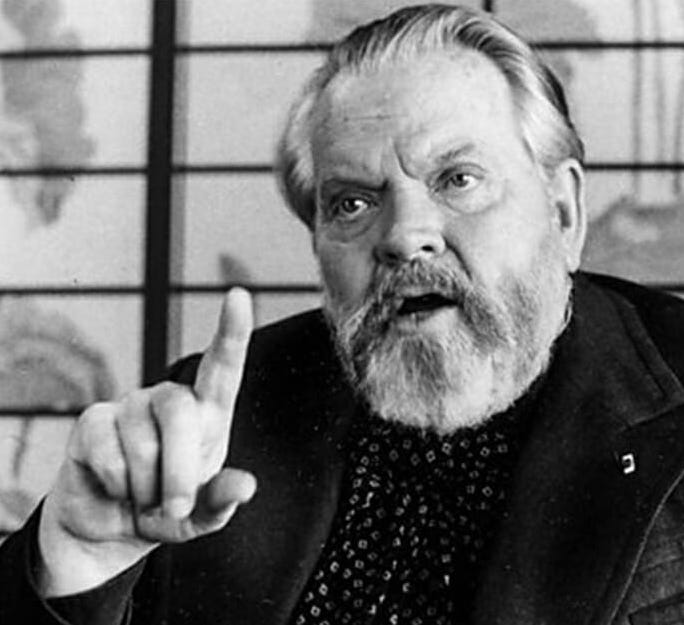
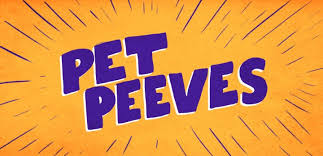
More than one V/O artist shared an experience similar to this.
They had just finished a take. The talkback opens and they hear, “That’s perfect…just what we wanted!”
Great, they think, so that’s a wrap.
“So, give me another.” “So, I thought you said the last one was perfect.”
“Let’s just do another for safety…and have some fun with it!”
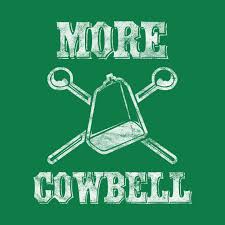
Pat St. John has a story.
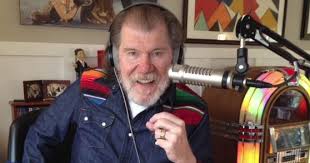
“Does this count? I go to an audition in New York. I really thought, ‘I’ve really made it’ because across the top of the copy it said, ‘think Pat St. John.’ Needless to say, I did not win the audition.”
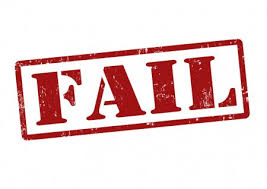
Beau Weaver is another example of moving into the world of voice actor with tremendous success.
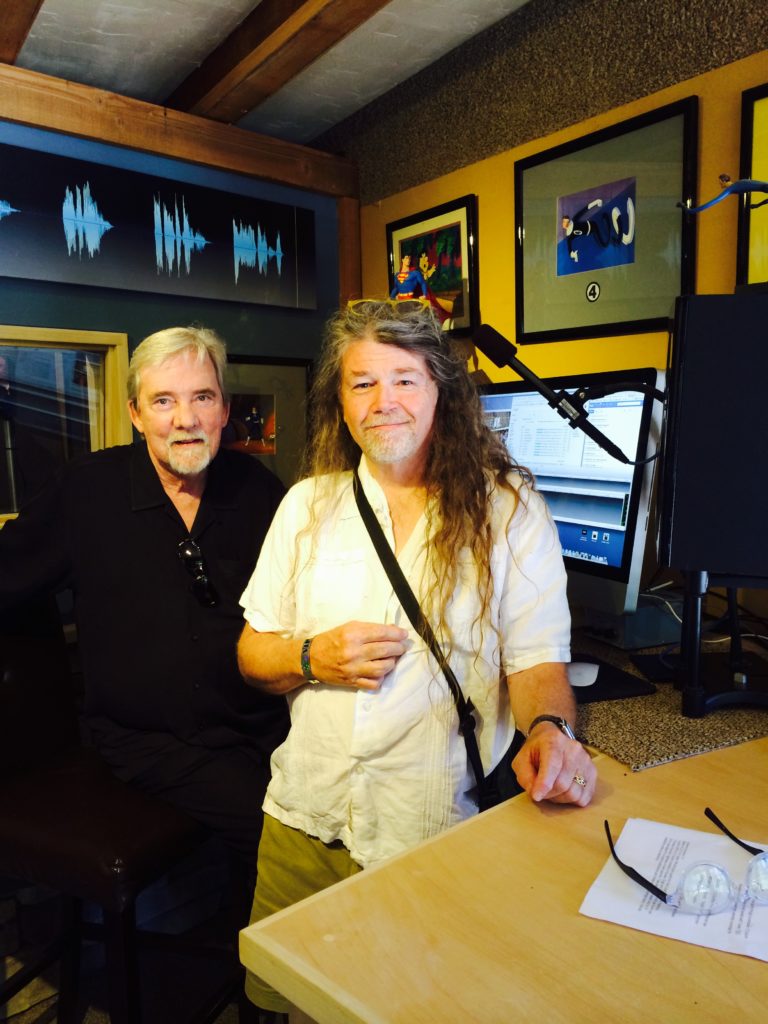
But, it isn’t all glamour. Beau has stories.
“While working as KHJ’s full time part time guy (best radio job ever!) I discovered one of the other jocks working on a voice over demo. “What’s that?” I asked. And hearing of the kind of coin one could make, and the incredible variety of venues and opportunities there were in Hollywood for a freelance voice, I was hooked. Dave Sebastian took me to a voice actor’s workshop taught by the industry’s top female superstar, Joan Gerber, and on that night my life was changed forever. From that night onward, learning the the actor’s approach to commercials was my singular focus. It took about a decade to make the transition to full time voice work, leaving radio behind in the early eighties. Fast forward a few years: in the nineties through the early ‘aughts, I worked steadily in almost every nook and cranny of the industry, from promos and trailers to television animation, network and syndicated television, and of course commercials. I would travel to between three and seven different studios each day. People would ask me what I did for a living and I would say, “I’m a driver. I drive to studios.”
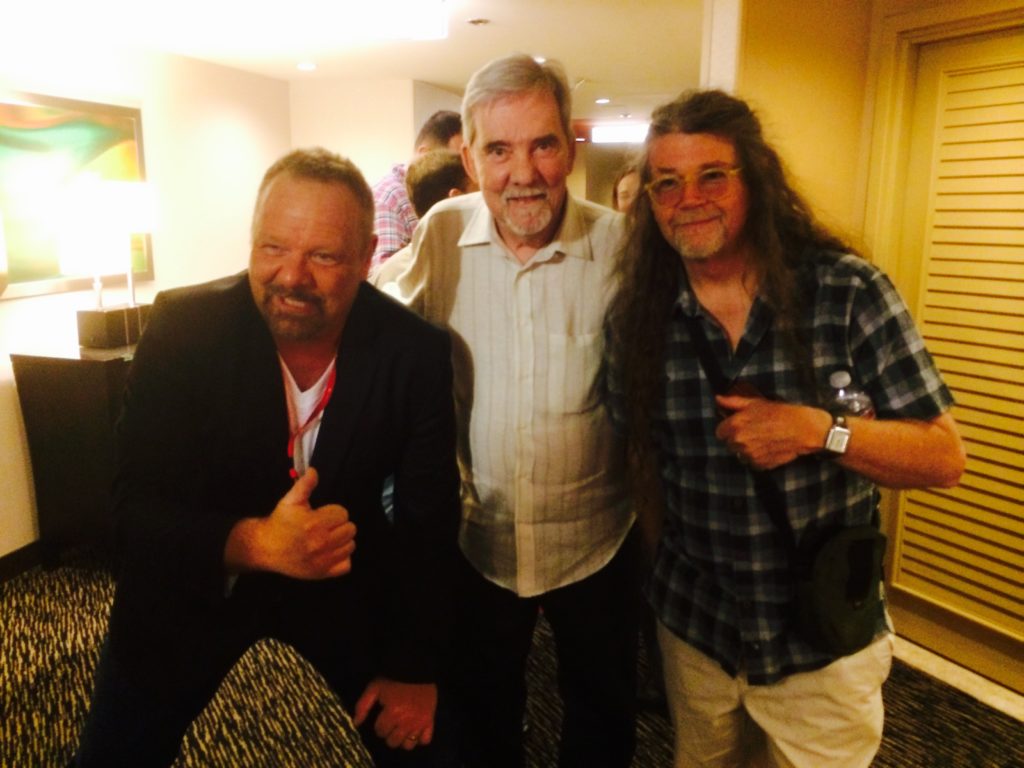
“Recording as voice talent for advertising agencies was very different from doing commercials in radio. First of all, I am alone in a huge studio, often large enough for an orchestra, with only a copy stand with a script. We worked mostly without headphones, and the microphone would be adjusted by the engineer. Across the glass would be sometimes a half dozen ad agency folks, mostly having flown to LA from Chicago or Miami to enjoy the sunshine in February, and live it up at Shutters on the Beach on the client’s dime. And the more agency faces I saw, the more direction I would get. And having flown first class across the country, they had to justify their existence by having a lot of input for the poor voice talent. Luckily I had worked with a lot of program directors with borderline personality disorder (not you CVD!) so I was usually able to take it all in stride. But it was not unusual to be into the hundreds of takes. Make it “harder sell.” Make it softer sell. Make it more “medium sell.” On an over written sixty second script, this was actually an athletic endeavor, requiring incredible physical stamina, as well as intense concentration. My shirt would be soaked. And my head would be exploding, with so many specific technical and attitudinal instructions, it would be hard to even focus on the words, which now had the feel of gibberish coming out of my mouth, after so many takes. I had a lot of techniques to stay focused…like one I got from Casey Kasem, “stand on one foot” and being off balance makes it fresh.” However, there are diminishing returns in this kind of a marathon, which the late Ernie Anderson would call a “moose fuck.” One of my favorite engineers, George at LA STUDIOS was across the glass on one such grueling session for a national fast food franchise. After over a hundred takes, they told me to take a break, while they pieced together some “selects” voted on by this agency committee. My shirt was soaking. I could only lay on the floor while George rolled his eyes out of the client’s view, and sorted through the dozens of partial takes. After about a half hour, they motioned me to come in to the control room. They wanted me to hear the edited spot which had included most of their contradictory directions. It sounded ridiculous, with pieces of about a dozen different takes, sometimes called a “Frankenstein” in VO patois. “Gee Beau, this is great…..but it sounds a little choppy.” No Fucking Kidding. So George my very jaded and ballsy engineer jumps in with a suggestion….he told them he had a software “plug in” which he could run it through to “smooth it out.” They said they would be willing to listen. So as they ordered lunch, he appeared to be making changes to the timeline. A wink from George told me something was up. He played them back the “processed” version of their hero edit. “Oh my God, man, that’s fantastic!” The room actually applauded. George laughed sardonically, and said “That’s because I just played you TAKE TWO top to bottom!” A single take, unedited, recorded at the top of the session, about two and a half hours earlier. George had balls. He was a rock’n’roll guitarist, so he did not give a fuck. They agency guys were not amused. They released me shortly thereafter. I understand the edit session went on for several more hours, and that a “Frankenstein” edit was the one that went to air. Because, you can’t use take two! But I got paid. And an hour in LA traffic to my next gig all the way over on the west side, produced a fresh load of stress sufficient to make me forget all about the insanity I had just endured. But no memos, and no jock meetings, so, all in all….a good day.”

Most voice over folks have their own studio.
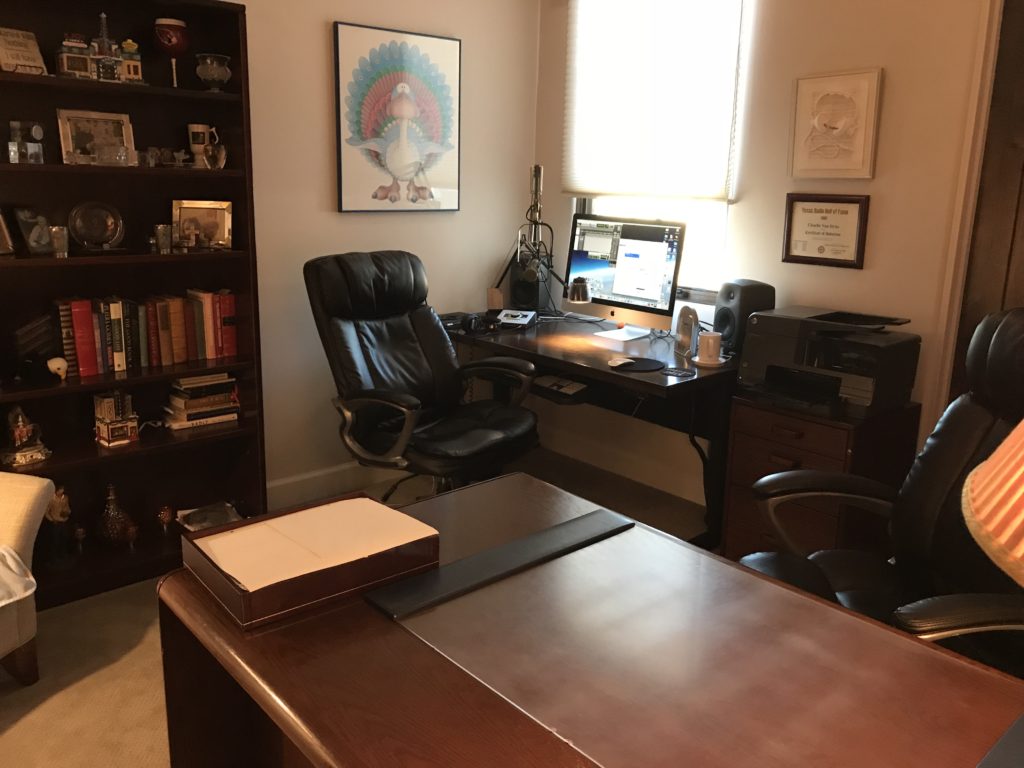
What used to require lots of equipment can now be managed within a computer.
And when traveling, a laptop can get the job done.
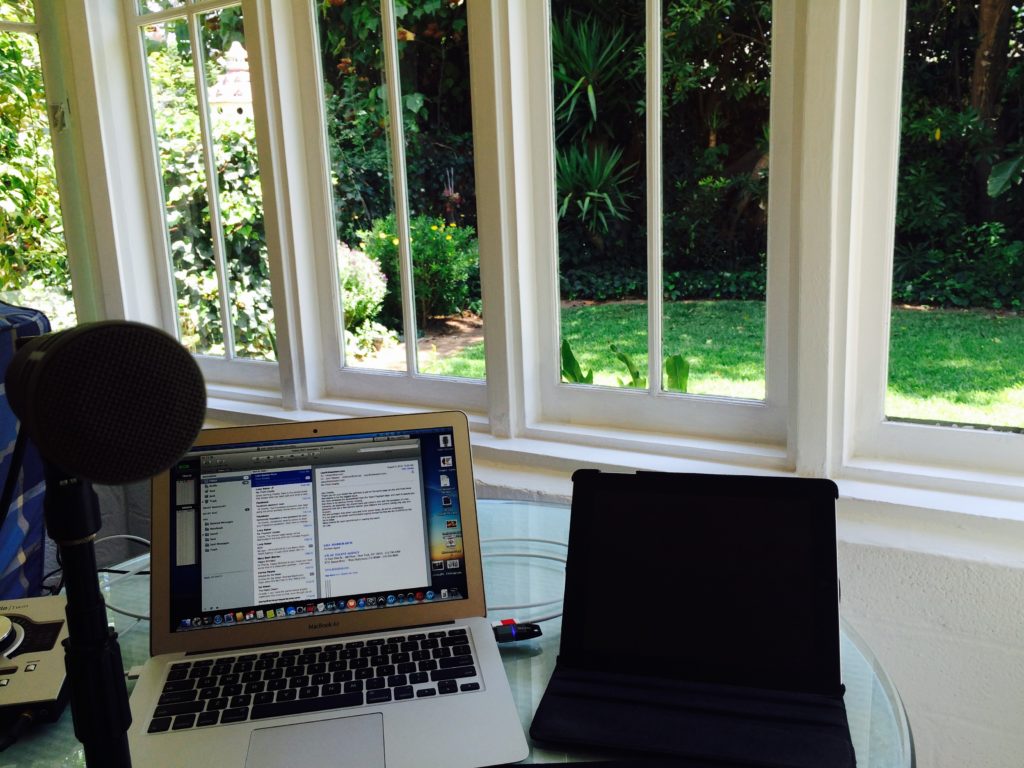
Nick Alexander has a story that may sound familiar.

Nick remembers…
“I was hired to do a 10 second tag on a 60 second spot for Buitoni pasta.
I got to the gig and they were still recording the 50 second body copy with 2 other voice actors. So I’m chillin’ in the lobby. 40 minutes past my call time they finally brought me in.
On the first take I did what I thought was an appropriate read. It was 10 seconds. Perfect? No the spot was 65 seconds long. The body copy was 55 instead of 50.
“Can you read it faster” I’m thinking I might pick up a second on a 10 second tag. But no way I can do it in 5 seconds. I do several reads like that (sounding like a Green Valley Raceway spot!!) but all are too long.
This goes on for more than an hour. The producer is some young guy who is probably at his first session without supervision. He finally calls back to the agency and gets the
Copywriter on the phone. The copywriter listens and says he needs to recut the body copy. But they have already released the other 2 actors. They ask the engineer to edit the body copy.
He does that and gets it down to 50 seconds. And now, with the copywriter listening on the phone, I record to 10 second tag in one take with the exact same read I did an hour earlier. It fit perfectly.
They like it.
Total time: and hour and 40 minutes for a 10 second tag!”
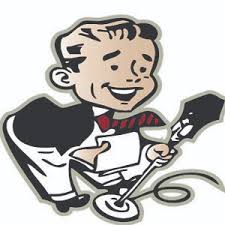
For most of the folks who work in this field, radio and TV promotion is a unique niche.
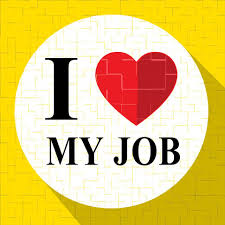
And if you want to know what’s coming up on the news tonight…just keep watching. One of us will likely tell you.

Comment (1)
Mike Hagerty
March 11, 2020 at 6:14 amGreat stories! I did a bit of V/O work, mostly industrials and certainly not at the level being discussed here. Charlie, I’m sure you and Beau have seen this (hell, you probably could have written it), but for the people who haven’t:
https://www.youtube.com/watch?v=x9nBKXZ3tbY